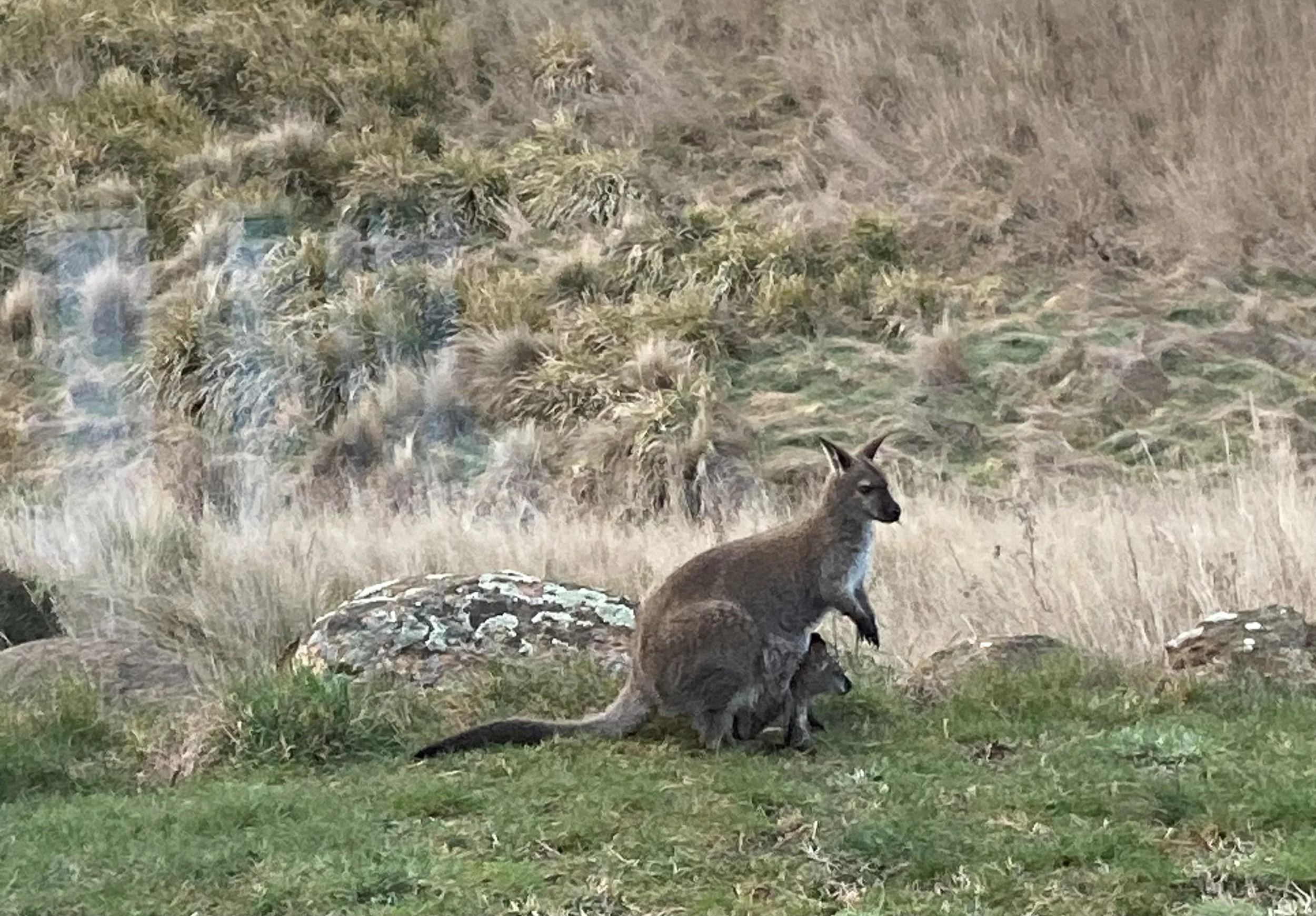If you can’t say somethin’ nice, don’t say nothin’ at all.
—Thumper from ‘Bambi’
Surprisingly, there are several nice things I can say about gorse, despite its notorious dominance in the woody weed stakes for Tasmania.
Gorse is (you guessed it) extremely nutritious, with high protein levels, comparable to other legumes like lucerne. In the 1800s, when horsepower really meant work by animals with four legs, gorse chaff was the primary winter feed for the working horses of Great Britain. In fact, land where gorse was cultivated was taxed at a higher rate, as it was considered such a valuable asset.







